Youth Participation inAgriculture

Malawi
MUNDUS URBANO INTERNATIONAL WORKSHOP - 2021
"Developing sustainable food systems to achieve zero hunger the need for new paradigms"

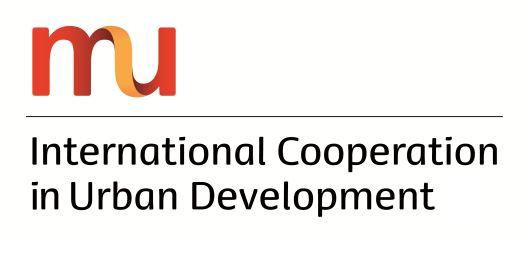
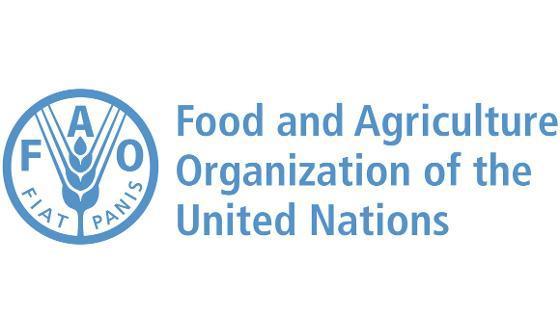


MUNDUS URBANO INTERNATIONAL WORKSHOP - 2021
"Developing sustainable food systems to achieve zero hunger the need for new paradigms"














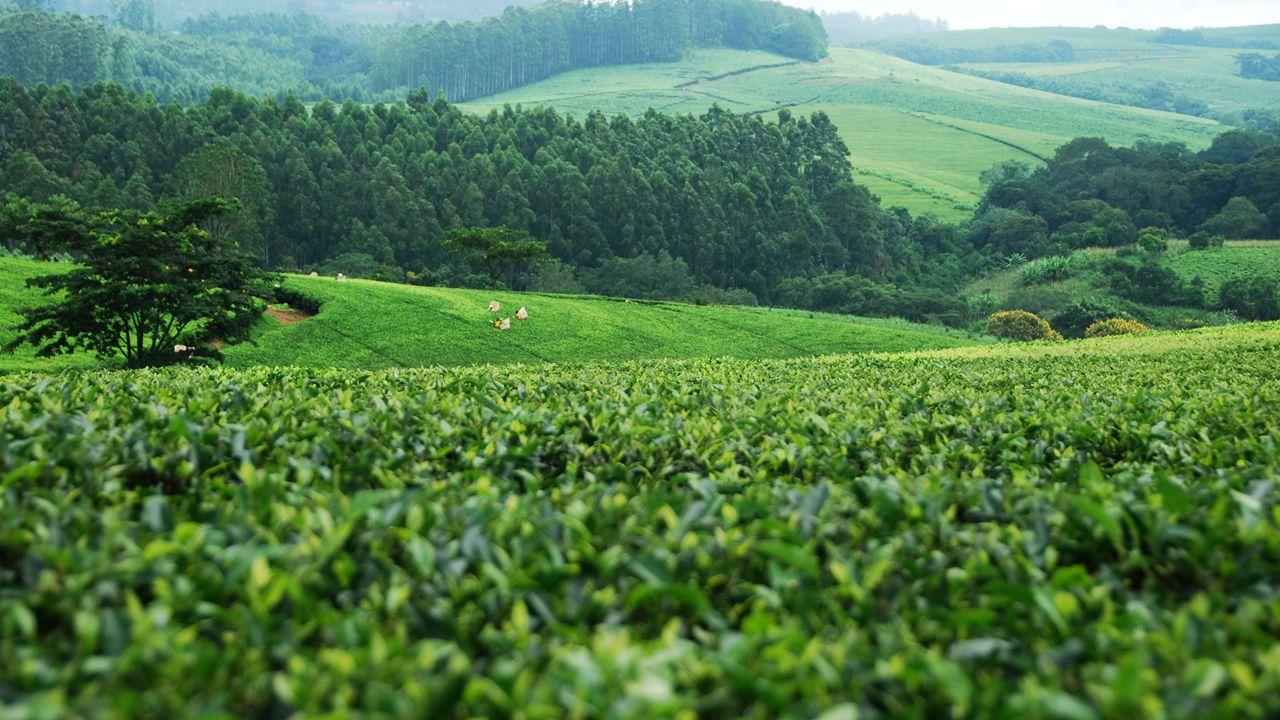 Aya Ammari Civil Engineer
Antonio Casilli Economist Architect
Shantanu Raut Architect
Laura Espinosa Civil Engineer
Katherine Agib Business Administration
Hyunjeong Yeo Social welfare
Alessia Salvagnin
International Relations
Prof. Carmine Soprano MESCI
Aya Ammari Civil Engineer
Antonio Casilli Economist Architect
Shantanu Raut Architect
Laura Espinosa Civil Engineer
Katherine Agib Business Administration
Hyunjeong Yeo Social welfare
Alessia Salvagnin
International Relations
Prof. Carmine Soprano MESCI
“Although farming is now often done by the elderly, the profession’s requirements for energy, innovation, and physical strength make it ideally suited for those in the 14- 34 year-old age range; that is, “the mature young.” World Bank. 2013
“ Young people bring energy, vitality, and innovation into the workforce, and when their willingness to contribute is matched with opportunity; they can have a transformative impact on economic growth and social development.” World Bank. 2013
“Young people have many innovative ideas but are often excluded from planning and policy processes relating to the future of rural areas,” Moses Abukari, IFAD’s Country Programme Manager and Youth Focal Point for West and Central Africa.

Factors Affecting Youth Involvement
Climate & Weather
Lack of Experience
Lack of Participation in Decision Making
Family Structure (Patriarchy)
YOUTH
Shocks
Increase of Life expectancy
Perception of Agriculture
Access to Land
Lack of Participation in Decision Making
Lack of Skills
Access to Microfinance
Access to Training
Source : FAO Youth and Agriculture Key Challenges and Solution, 2010: http://www.fao.org/3/a-i3947e.pdf

What is the linkage between agricultural activities and young people?
What are the factors that affect the involvement of young people in agricultural activities?
What is the status access to (education, financial services, etc.)? 3
Is there a skills mismatch - education and needs (address it at least in a policy perspective) 4
Located in Southern Africa and sharing its borders with Mozambique, Zambia, and Tanzania, Mostly a hilly and mountainous country


Population of 18.6 million(2019), and expected to double by 2038
Landlocked economy amongst poorest countries in the world
Heavily dependent on agriculture = employing nearly 80%
Per capita GNI(2017) =$320
Below poverty(international) line= around 70%, $1.90 per day
A massive base of young people live in the world’s poorest developing countries Especially in Malawi: 13.1 million(more than half of the total population) young people are a critical constituency
The economy of Malawi is predominantly agricultural.

Over 80% of the population is engaged in subsistence farming, even though agriculture only contributed to 27% of GDP in 2013
90% of export revenues come from Agriculture products



Source :Own-calculation based on 27 labour force surveys and household income and expenditure surveys




In Malawi, youth are defined as young females and males between the ages of 14 and 25 years, and sometimes, it extends to include individuals of up to 35 years of age.
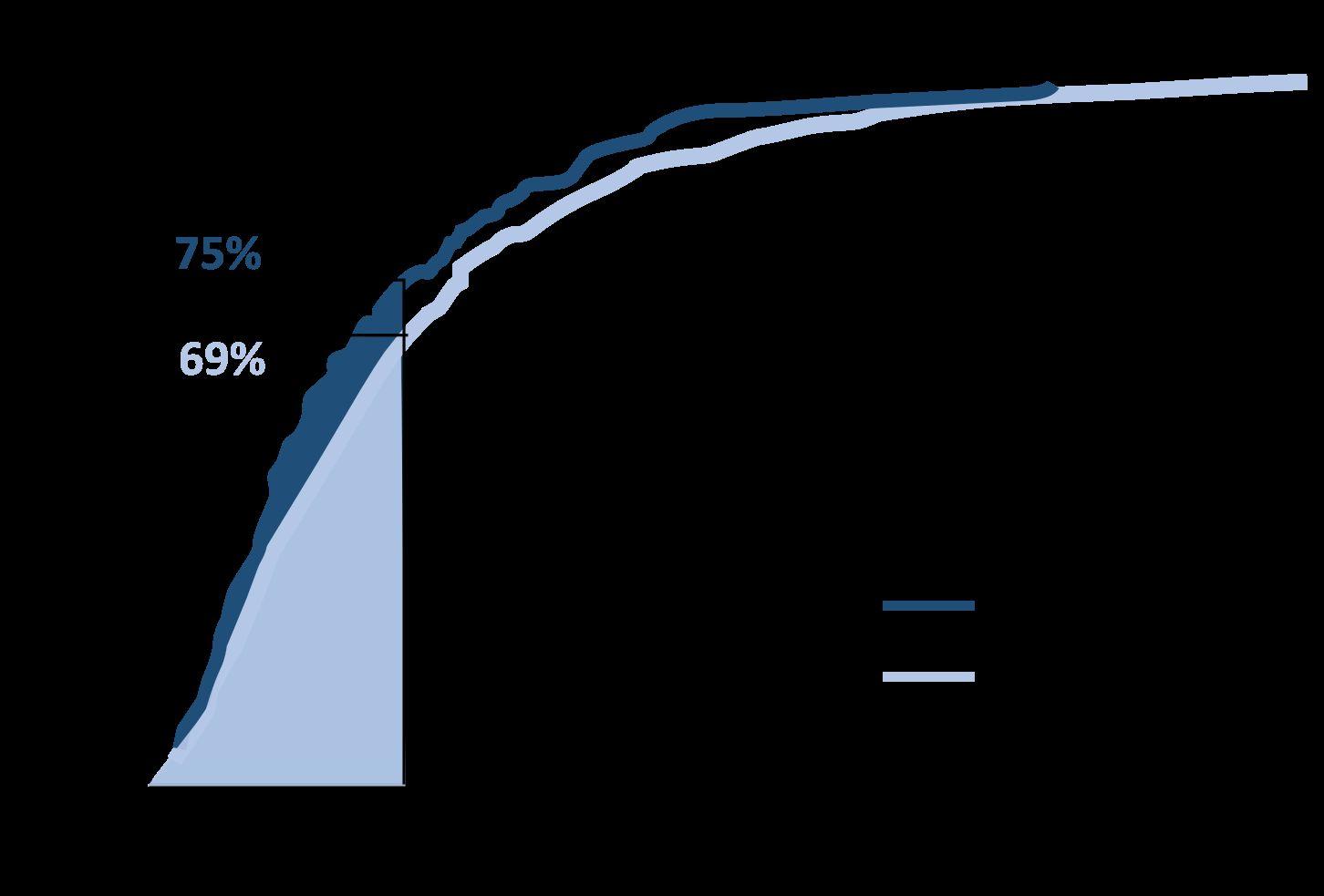
Youth generally earn a lower income compared to adults from a probabilistic perspective, given household farms driven by young people, their income is more likely to be lower than adult ones

It was found that young agriculturist with a higher level of education tends to have a lower income than the rest of the agricultural population
Loose of Adult Income ( % )


Education,, source: authors edit, based on Malawi integrated household survey (LSMS 2013).

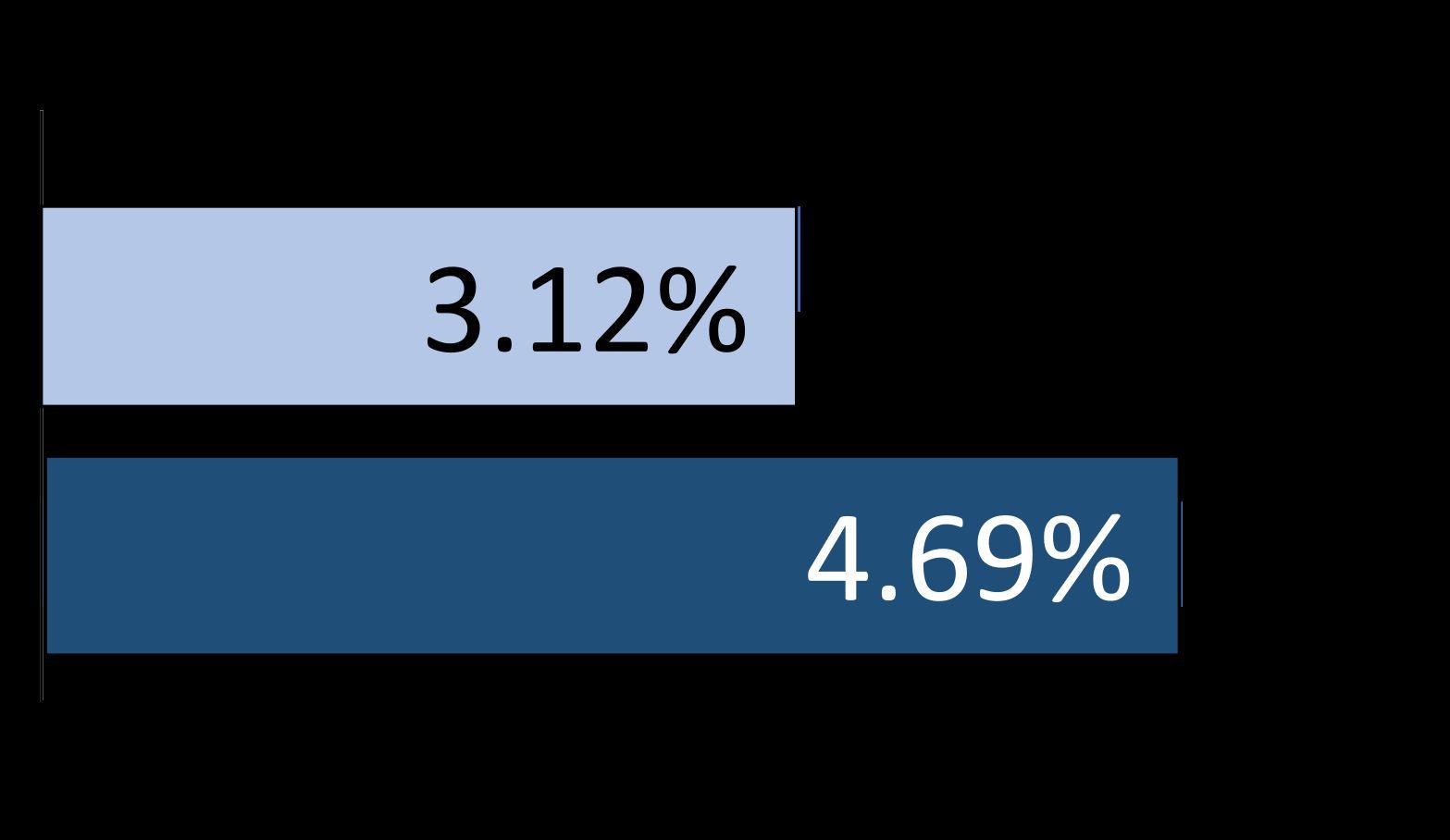

Access to an additional square km of agricultural lands leads to:
Land availability, source: authors edit, based on Malawi integrated household survey (LSMS 2013).

Answering the question of:
Do they have access to credit?
How do young people use money from credit?
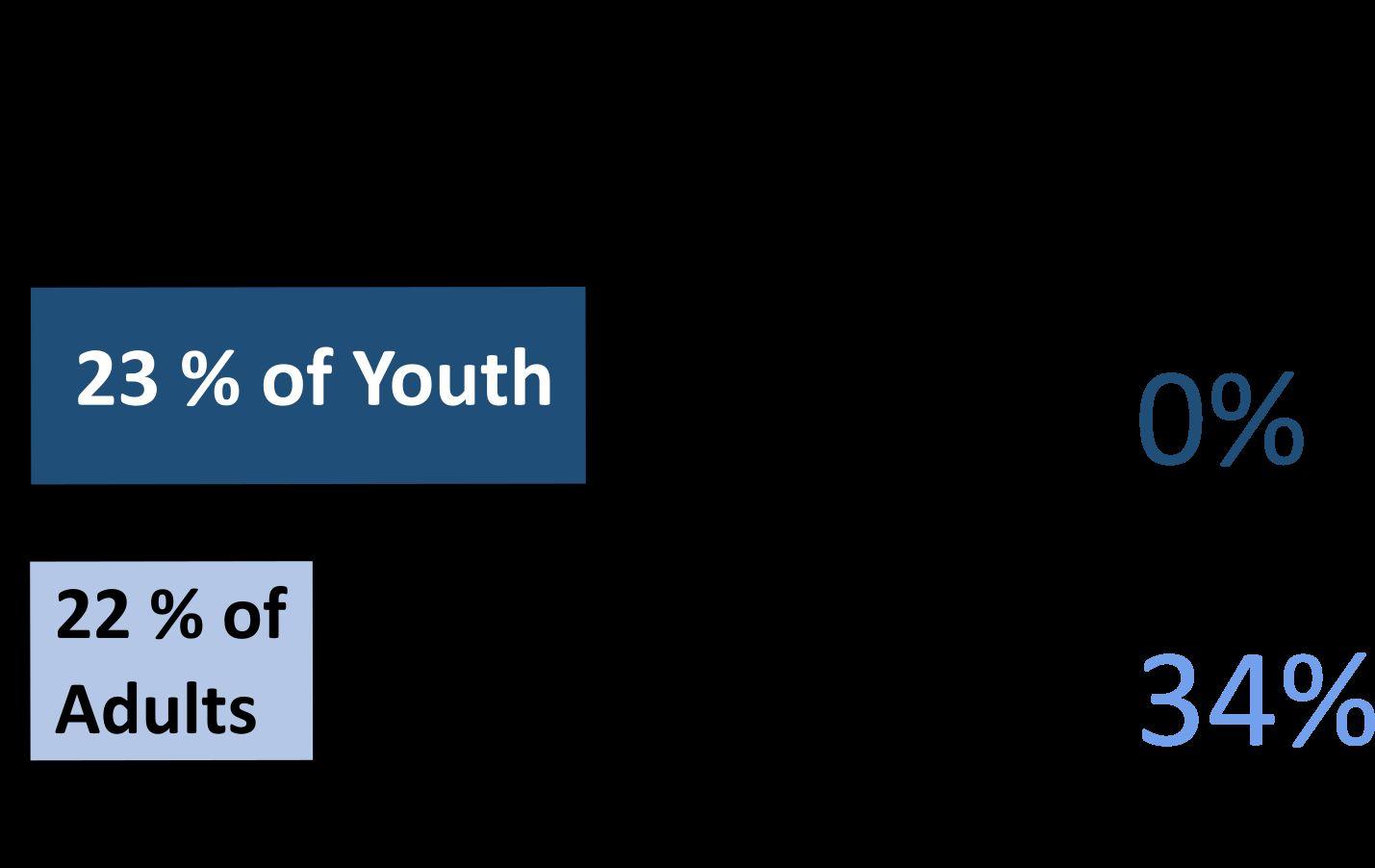
Do they invest in agriculture?
Do they own the land ?
Credit,, source: authors edit, based on Malawi integrated household survey (LSMS 2013).


Each additional km between land and population center generates:
Reduction of the Land Daily productivity by 0.5 %
Distance from agricultural lands to population centers, against COVID-19.
(distance decrease productivity during COVID-19 pandemic)
Reduction of the Land Daily productivity by 0.0 %

Weather shocks and climate conditions
Increase of every 1 degree celsius (an overall estimation) will lead to
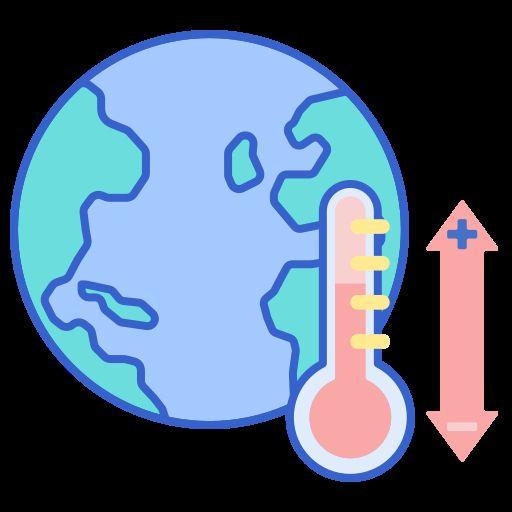
An estimated decrease in agriculture income by
Direct linkage between temperature and agriculture income
An estimate decreases in agriculture income by
12 % 8 %

Weather chocks,, source: authors edit, based on Malawi integrated household survey (LSMS 2013).


How can young people manage agricultural income and production on daily basis? based on a number of factors: ( Labour productivity: how much production/day )
Daily productivity factors
● increase in temperature
● district of residence
● urban areas
● primary education
● secondary education
● tertiary education
● land availability (hectares)
● distance from towns (KM)
● access to credit
● constant

Youth are more vulnerable than adults in difficult economic times.
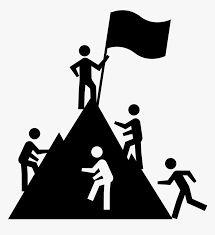
Covid-19 pandemic interventions focused on
Targeting young people who are still in and out of the labour market

#1 Active labor market policies
Agricultural extension, vocational training, and advisory services targeting young people
Promoting technical change and increasing agricultural productivity growth, improve the livelihoods of smallholder farmers by encouraging the implementation of farming practices - Government, NGOs, ILO, FAO.
Mismatch skills and payment gab

High Unemployment Rate amongst youth


Increase agribusiness knowledge and entrepreneurial skills among young farmers (i.e., create Young Farmers Club) Facilitate knowledge sharing, collaboration in agribusiness, and increased formal participation in local extension systems; create linkages with Multiple-Stakeholders - Community, Government, Private players, etc.
Better participation in policy process
Better voice their needs

Address the lack of skills

Implementation of broad-based land access guarantee schemes for Youth.
Provision of support to vulnerable Youth for acquiring land and/or employment with the institutional backing (e.g., relaxed land acquisition policies/transfer/conversion of barren land, encourage PPP... Etc); such programs can increase production, employment rate, Post Covid-19 recovery
Cultivate youth high productivity in Agriculture


Uganda: Rivall Uganda limited, trading firm

Short term lease agreements for youth from landowners who can't utilize their land
Landowners' children are encouraged to form or join groups to use their parents' or relatives' land


RUL's extension officers, trained by National Agricultural Advisory Services, work closely with the youth groups from the sowing stage through to harvest and sale
The mechanism is a win-win arrangement for all involved:
● The youth obtain a good income by pricing produce competitively
● Landowners receive cash/produce from their land that would otherwise be unused.
● RUL brings reliable supplies for its partners

Create self-help groups to have access to microfinance credit Young Farmers Clubs sharing a project and therefore sharing the risk can simplify the access to loan even without collaterals (one of the main reasons why young people usually do not get access to loans) Community, Government, Private players
Collaboration of Youth Formal credit and Loans



Investment in research projects which can help to mitigate weather shocks
Research and promote innovative sustainable farming practices to increase productivity and resilience against climate change in Rural as well as in Urban areas
(e.g., Drip Irrigation, Hydroponics, poultry, fishery ), Community, Government, Private players, Research, and University institutes
Address the decreases in agriculture productivity and income caused by Weather shocks and climate conditions
Employing direct innovative communication tools
Reaching out to the youth to change the field's misconceptions, e.g., (Agriculture is Uncool, Antiquated, unprofitable, etc.). By being active about sharing information on social media platforms and other digital modes of communication. It will also help in the post Covid-19 recovery process. Community, Government, educational institutes, and NGOs
Promote sustainable green Agriculture and jobs
Involved youth in green agriculture and jobs practices by providing incentives and forging PPPs. It will boost various sector economies, including agriculture, forestry, and fisheries (FAO, 2010). It will promote change to shift to a green economy across the supply chain and generate new ecotourism, bio food, and service production opportunities. Inturn will provide opportunities for cross border cooperation (e.g., Kenya, Uganda, Zanzibar, and Tanzania )




Two young entrepreneurs Michael Otiendo,(32) from Kenya, and Robert Atuhaire (30)from Uganda, each transformed an environmental issue into a business opportunity and now use the water weed to make paper, USD 120, Kisumu Innovation Centre Kenya (KICK), Malawi lake
The Youth Entrepreneurship Facility (YEF) partnered with Inoorero University, 2011, Tanzania promote green entrepreneurship through the development of a postgraduate course on green business entering youth business competitions

‘We cannot always build the future for our youth, but we can buildouryouthforthefuture’
Franklin D. Roosevelt
The world bank in Malawi
https://www.worldbank.org/en/country/malawi
World bank(2018), Malawi Systematic Country Diagnostic: Breaking the Cycle of Low Growth and Slow Poverty Reduction
Quan, J. (2007). CHANGES IN INTRA-FAMILY LAND RELATIONS. In Changes in “customary” land tenure systems in Africa. White, B. (2012). Agriculture and the Generation Problem: Rural Youth, Employment and the Future of Farming. IDS Bulletin, 43(6), 9–19.
https://doi.org/10.1111/j.1759-5436.2012.00375.x
FAO Youth and Agriculture Key Challenges and Solution: http://www.fao.org/3/a-i3947e.pdf
IFAD (2010) Rural Poverty Report 2011, Rome: International Fund for Agricultural Development
De Schutter, O. (2011) ‘How Not to Think of Land-grabbing: Three Critiques of Large- scale Investments in Farmland’, Journal of Peasant Studies 38.2: 249–79 Peters, K.(2011) War and the Crisis of Youth in Sierra Leone, Cambridge: University Press
https://www.un.org/en/ecosoc/integration/pdf/foodandagricultureorganization.pdf
https://openknowledge.worldbank.org/bitstream/handle/10986/15605/WPS6473.pdf?sequence=1&isAllowed=y
https://www.un.org/en/ecosoc/integration/pdf/foodandagricultureorganization.pdf
Icon and Image courtesy : https://www.flaticon.com/ / Google Images
International Labour Organization. “Employment by age and rural /urban areas— ILO modelled estimates.” ILOSTAT database, https://ilostat.ilo.org/data. Accessed 11-02-2021
Chinsinga, B., & Chasukwa, M. (2012). Youth, Agriculture and Land Grabs. IDS Bulletin is the property of Wiley-Blackwell.
DARKO, F. A., PALACIOS-LOPEZ, A., KILIC, T., & RICKER-GILBERT, J. (2018). Micro-Level Welfare Impacts of Agricultural Productivity: Evidence from Rural Malawi. The Journal of Development Studies, Vol. 54, No. 5, 915–932,.
EPSTEIN, M. J. (2013). RURAL MICROFINANCE AND CLIENT RETENTION: EVIDENCE. Journal of Developmental Entrepreneurship, Vol. 18, No. 1 (2013) 1350006 (17 pages).
Kadzamira1, M. A., & Kazembe, C. (2015). Youth engagement in agricultural policy. Development Southern Africa, Vol. 32, No. 6, 801–814, http://dx.doi.org/10.1080/0376835X.2015.1063984.
Image and Icon Source: https://www.flaticon.com/ Google Images